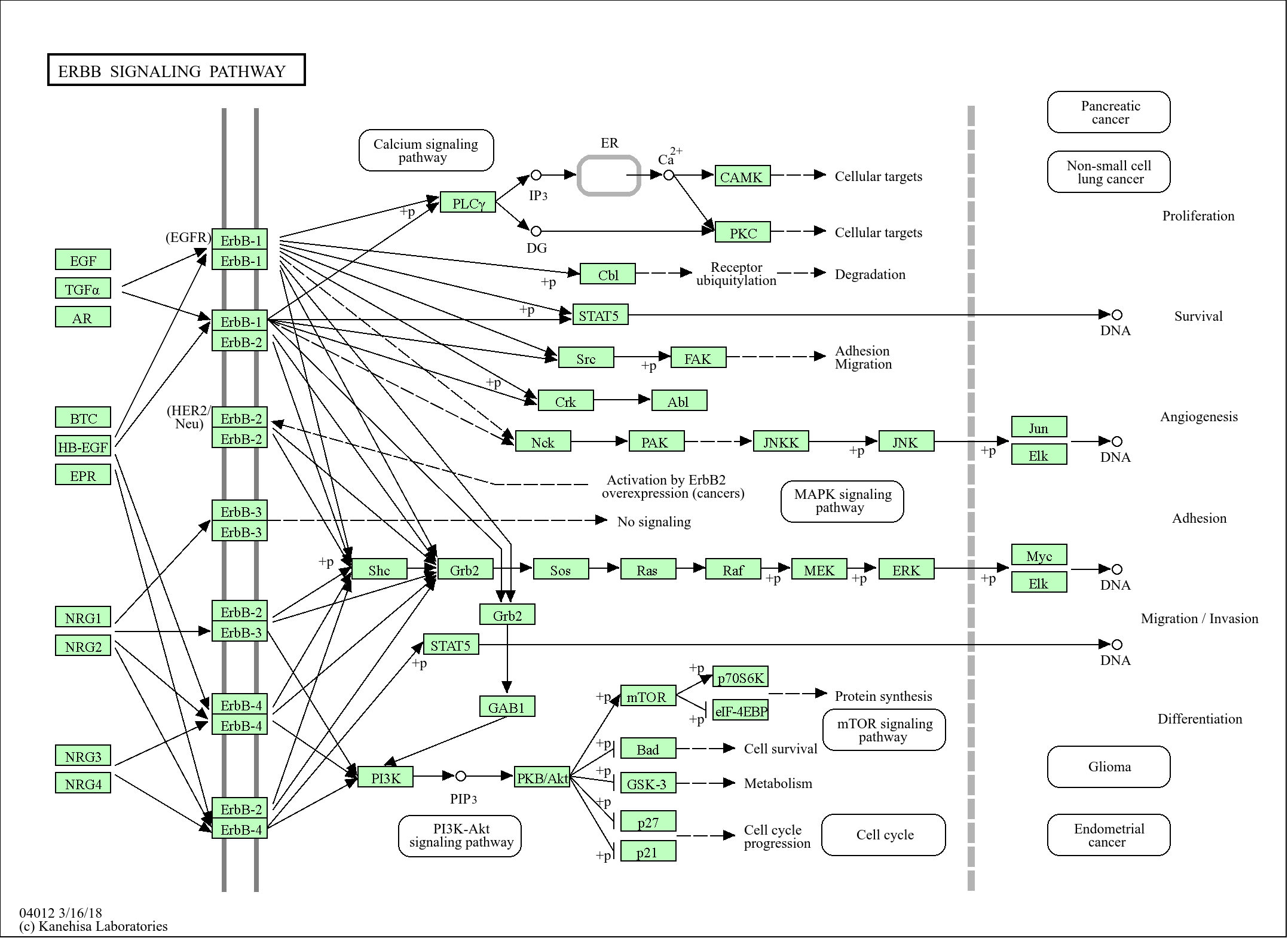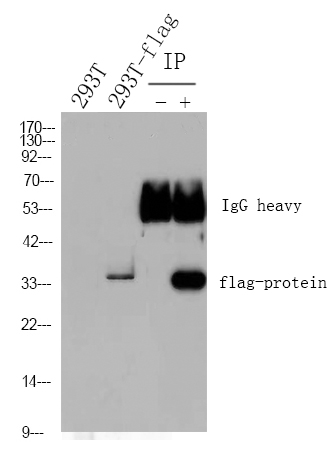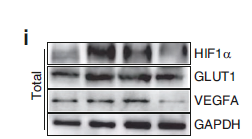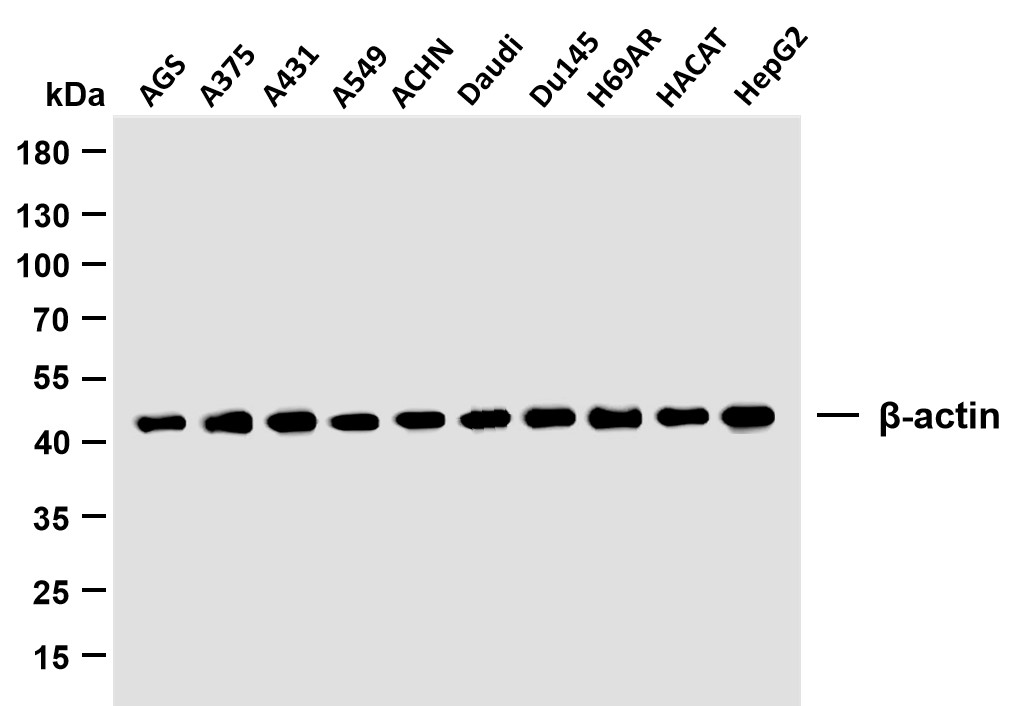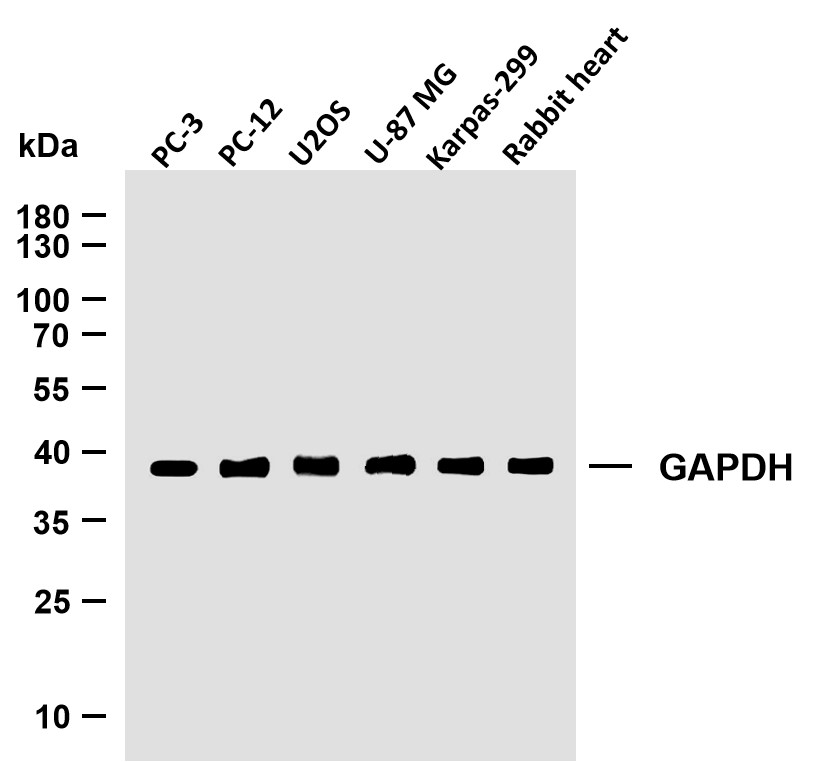
主要信息
Target
CRBB1
Host Species
Rabbit
Reactivity
Human, Mouse, Rat
Applications
WB
MW
28kD (Calculated)
Conjugate/Modification
Unmodified
货号: YT6960
规格
价格
货期
数量
200μL
¥3,780.00
现货
0
100μL
¥2,300.00
现货
0
40μL
¥960.00
现货
0
加入购物车


已收藏


收藏
详细信息
推荐稀释比
WB 1:500-2000
组成
Liquid in PBS containing 50% glycerol, 0.5% BSA and 0.02% sodium azide.
特异性
This antibody detects endogenous levels of CRBB1 at Human/Mouse/Rat
纯化工艺
The antibody was affinity-purified from rabbit antiserum by affinity-chromatography using epitope-specific immunogen.
储存
-15°C to -25°C/1 year(Do not lower than -25°C)
浓度
1 mg/ml
理论分子量
28kD
修饰
Unmodified
克隆性
Polyclonal
同种型
IgG
相关产品
抗原&靶点信息
免疫原:
Synthesized peptide derived from human CRBB1 AA range: 81-131
展开内容
特异性:
This antibody detects endogenous levels of CRBB1 at Human/Mouse/Rat
展开内容
基因名称:
CRYBB1
展开内容
蛋白名称:
CRBB1
展开内容
背景:
Crystallins are separated into two classes: taxon-specific, or enzyme, and ubiquitous. The latter class constitutes the major proteins of vertebrate eye lens and maintains the transparency and refractive index of the lens. Since lens central fiber cells lose their nuclei during development, these crystallins are made and then retained throughout life, making them extremely stable proteins. Mammalian lens crystallins are divided into alpha, beta, and gamma families; beta and gamma crystallins are also considered as a superfamily. Alpha and beta families are further divided into acidic and basic groups. Seven protein regions exist in crystallins: four homologous motifs, a connecting peptide, and N- and C-terminal extensions. Beta-crystallins, the most heterogeneous, differ by the presence of the C-terminal extension (present in the basic group, none in the acidic group). Beta-crystallins form aggregates of different sizes and are able to self-associate to form dimers or to form heterodimers with other beta-crystallins. This gene, a beta basic group member, undergoes extensive cleavage at its N-terminal extension during lens maturation. It is also a member of a gene cluster with beta-A4, beta-B2, and beta-B3. [provided by RefSeq, Jul 2008],
展开内容
功能:
Disease:Defects in CRYBB1 are the cause of autosomal recessive congenital nuclear cataract type 3 (CATCN3) [MIM:611544]. CATCN3 is a form of non-syndromic congenital cataract. Non-syndromic congenital cataracts vary markedly in severity and morphology, affecting the nuclear, cortical, polar, or subcapsular parts of the lens or, in severe cases, the entire lens, with a variety of types of opacity. They are one of the major causes of vision loss in children worldwide and are responsible for approximately one third of blindness in infants. Congenital cataracts can lead to permanent blindness by interfering with the sharp focus of light on the retina during critical developmental intervals.,Domain:Has a two-domain beta-structure, folded into four very similar Greek key motifs.,Function:Crystallins are the dominant structural components of the vertebrate eye lens.,mass spectrometry: PubMed:8626774,PTM:Specific cleavages in the N-terminal arm occur during lens maturation and give rise to truncated forms, leading to impaired oligomerization and protein insolubilization.,similarity:Belongs to the beta/gamma-crystallin family.,similarity:Contains 4 beta/gamma crystallin 'Greek key' domains.,subunit:Homo/heterodimer, or complexes of higher order. The structure of beta-crystallin oligomers seems to be stabilized through interactions between the N-terminal arms.,
展开内容
文献引用({{totalcount}})
货号: YT6960
规格
价格
货期
数量
200μL
¥3,780.00
现货
0
100μL
¥2,300.00
现货
0
40μL
¥960.00
现货
0
加入购物车


已收藏


收藏
Recently Viewed Products
Clear allToggle night Mode
{{pinfoXq.title || ''}}
Catalog: {{pinfoXq.catalog || ''}}
Filter:
All
{{item.name}}
{{pinfo.title}}
-{{pinfo.catalog}}
主要信息
Target
{{pinfo.target}}
Reactivity
{{pinfo.react}}
Applications
{{pinfo.applicat}}
Conjugate/Modification
{{pinfo.coupling}}/{{pinfo.modific}}
MW (kDa)
{{pinfo.mwcalc}}
Host Species
{{pinfo.hostspec}}
Isotype
{{pinfo.isotype}}
产品 {{index}}/{{pcount}}
上一个产品
下一个产品
{{pvTitle}}
滚轮缩放图片
{{pvDescr}}

